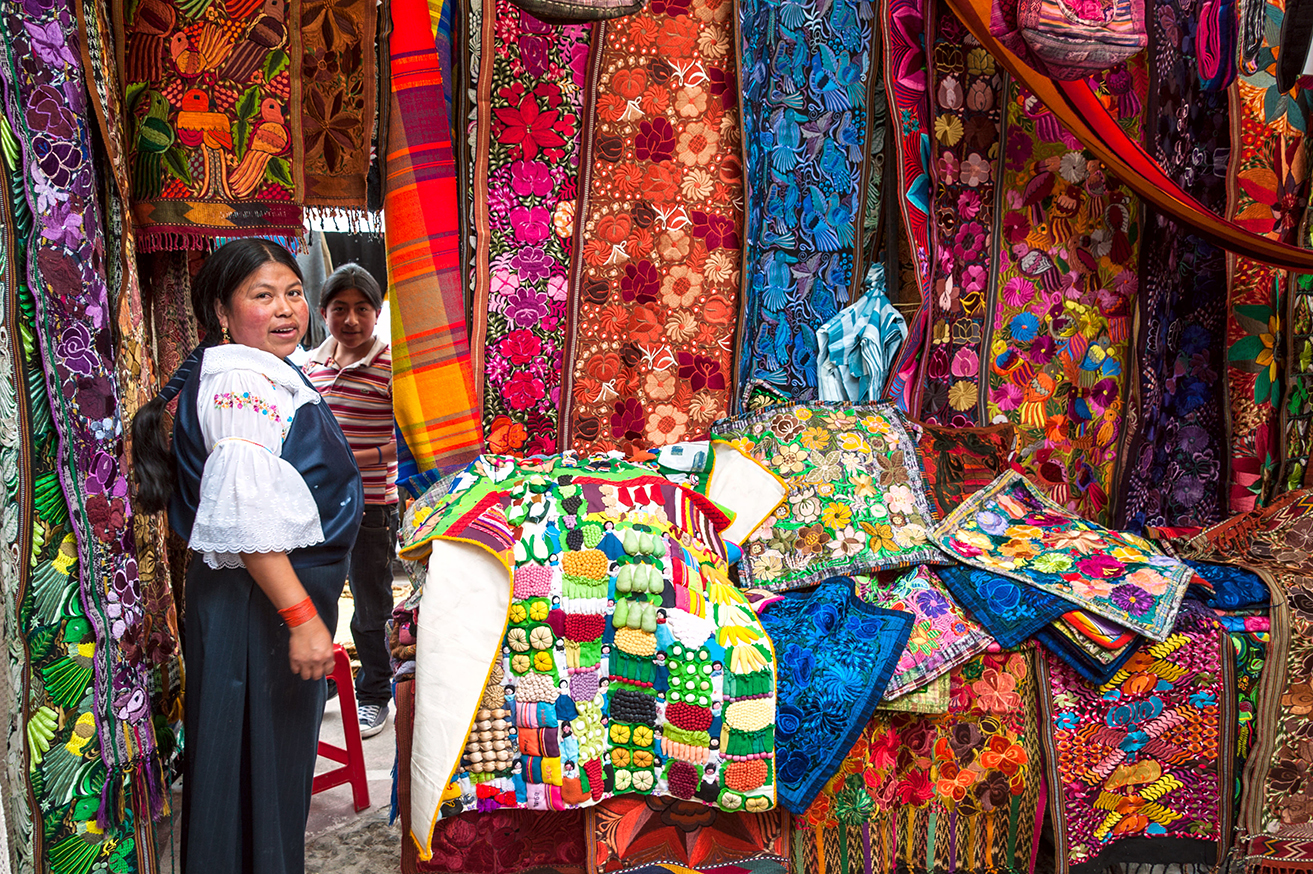Ecuador’s Top 20
Iguana-Spotting in the Galápagos
There aren’t many places that can beat the Galápagos Islands for close encounters of the prehistoric kind. Rather than scurrying away when approached, the unique lizard species of iguanas found throughout the archipelago go about their slow-moving business with little concern for the clicking cameras. The dark gray or black marine iguanas pile on top of one another like a messy pyramid of cheerleaders basking in the sun, while the imposing yellow land iguanas nibble on cactus plants for sustenance.
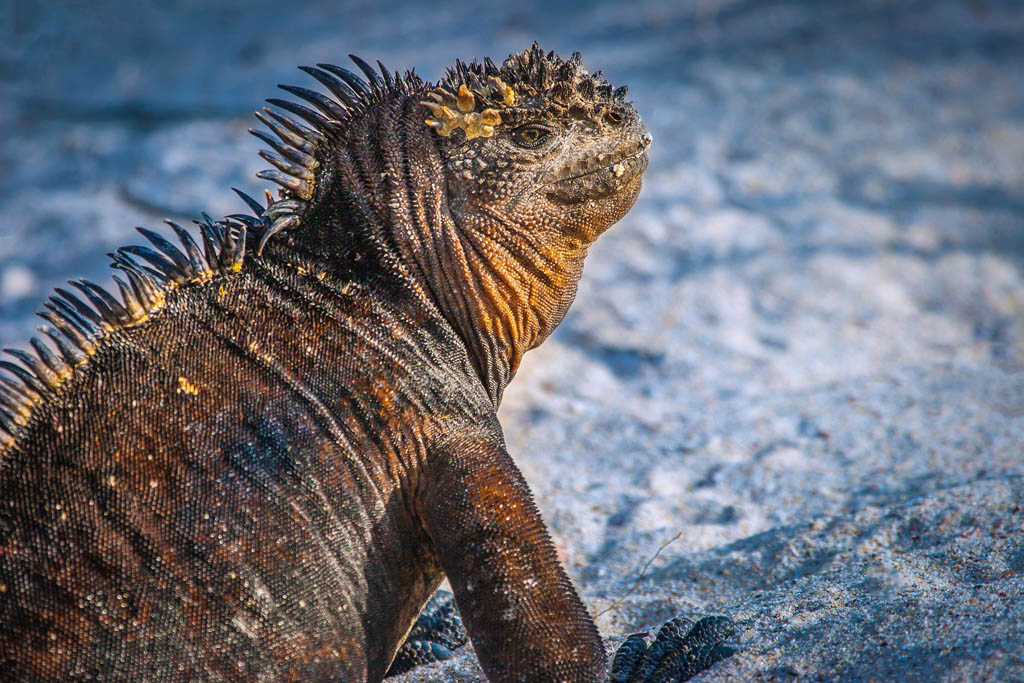
Top Experiences
Quito Old Town
A Spanish-colonial stunner, Quito’s vibrant Centro Histórico is packed with elaborate churches and old-time monasteries (some were centuries in the making), people-packed plazas and looming bell towers. History lurks around every corner of this well-preserved center. Delve into the past by stepping off the cobblestones and entering beautifully maintained museums, historic mansions and jaw-dropping sanctuaries. Afterwards, have a meal in an old-world restaurant or join the festivities on lively La Ronda street before retiring to one of the many charming guesthouses in the neighborhood.
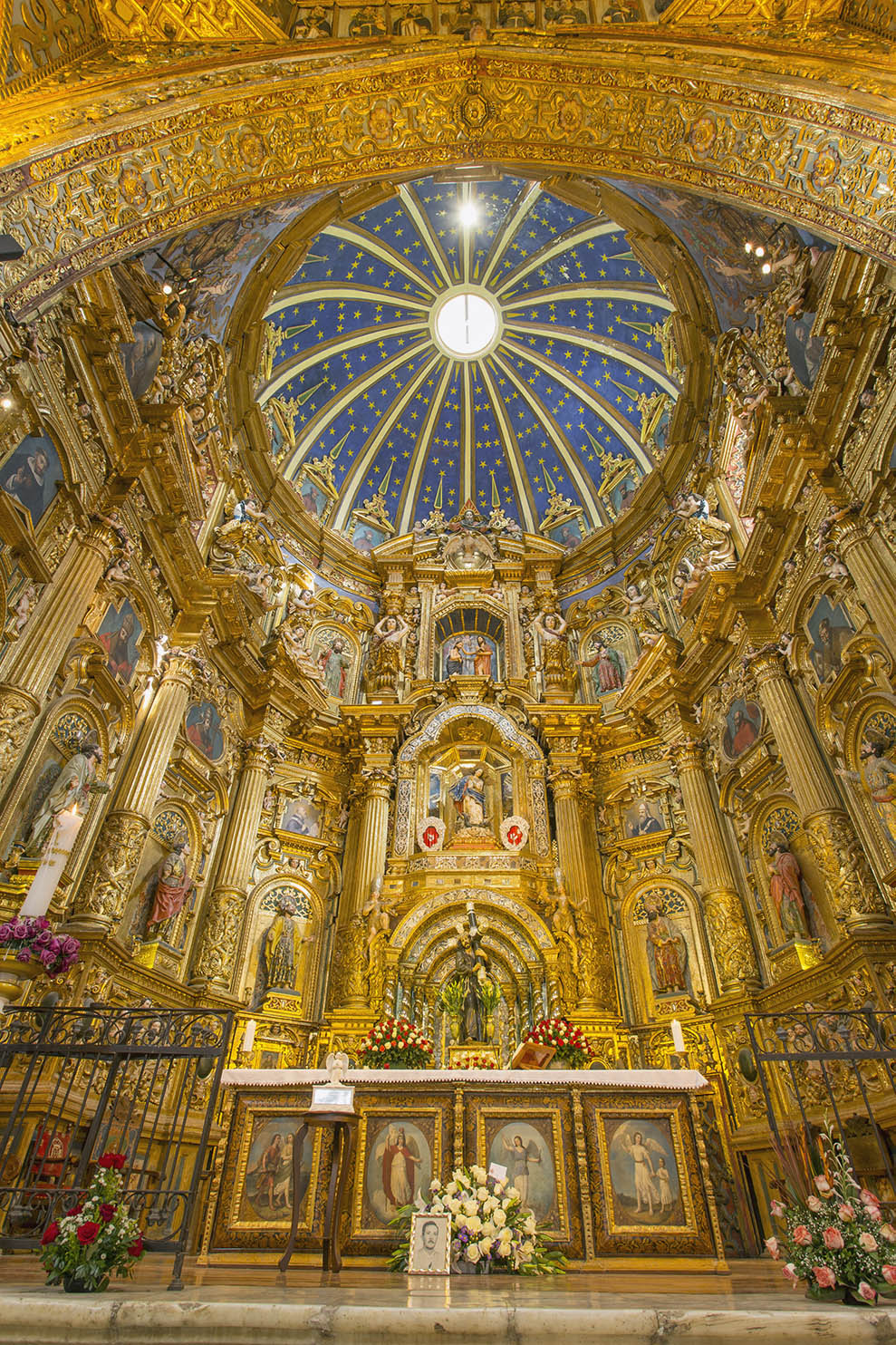
Top Experiences
Parque Nacional Cotopaxi
Home to Ecuador’s best known volcano, Parque Nacional Cotopaxi offers quick adventures from the capital with million-dollar views and great mountainside lodging options. Climbing the 5897m peak of Volcán Cotopaxi (pictured) will no doubt be a highlight for the lucky few who make it to the top. Otherwise, you can skip the crampons and ice-axes, opting instead for life-affirming snapshots from the edge, or hikes, bikes and horseback rides around high Andean lakes and up to nearby volcanic peaks.
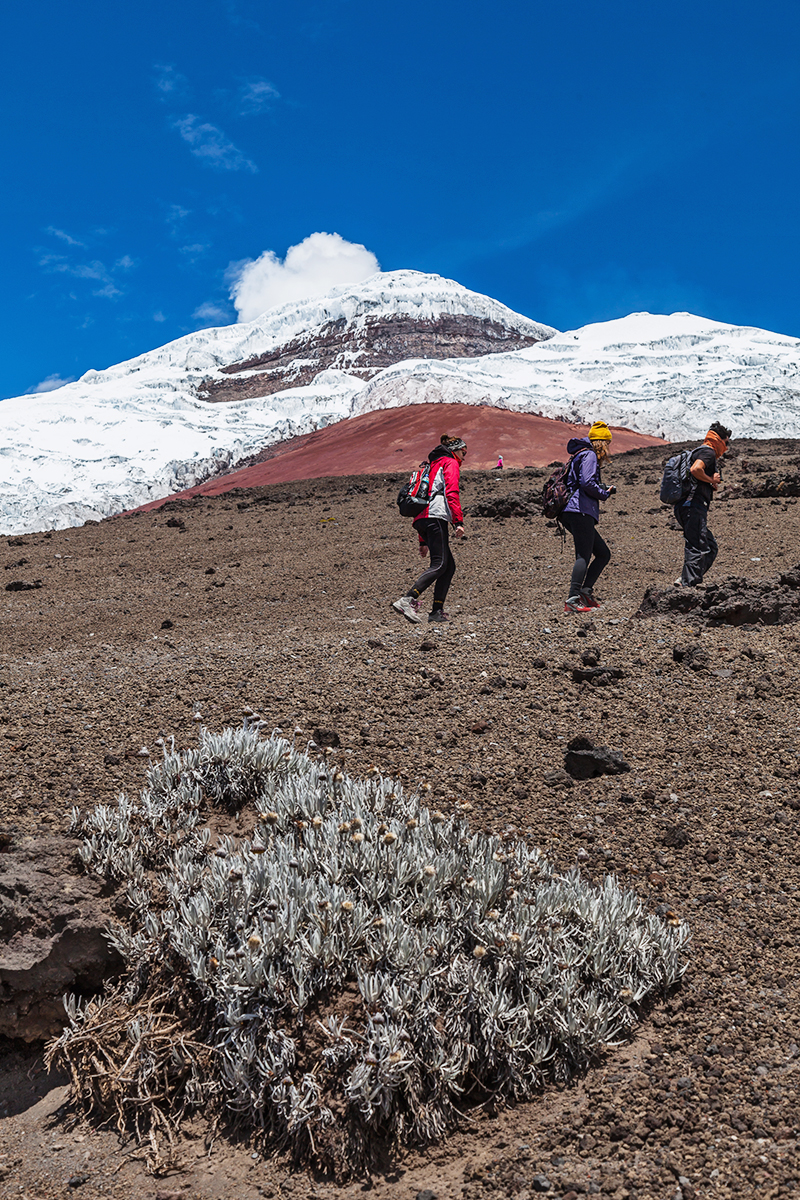
Top Experiences
Parque Nacional Yasuní
This vast tract of protected rainforest contains a dazzling biodiversity matched almost nowhere else on earth. Excitement-filled canoe trips through tiny overgrown creeks and hikes across the jungle floor with experienced guides reveal all manner of flowers, plants and creatures, many of which you won’t have heard of before, let alone have seen in real life, while several populations of indigenous peoples continue to resist contact with the outside world here. This natural wonder remains, at present, unspoiled.
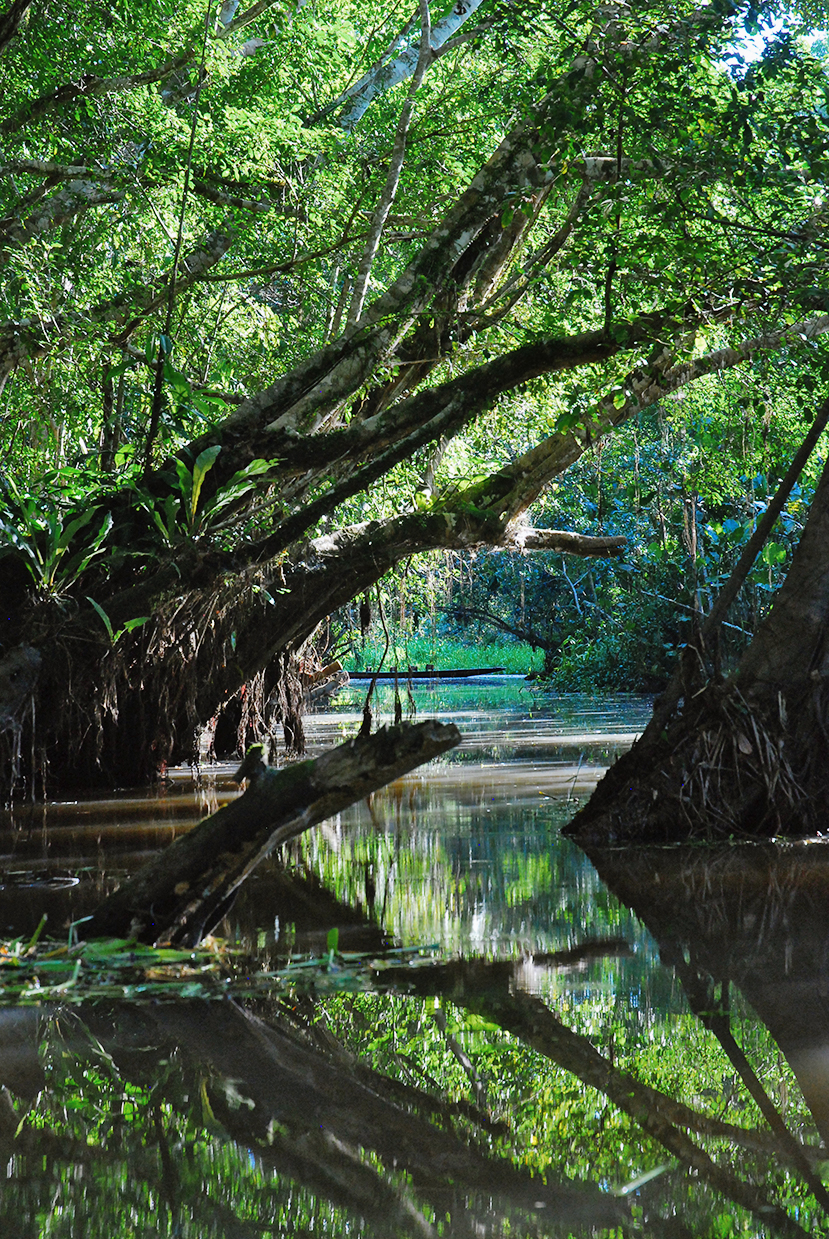
Top Experiences
Cuenca
The fairy-tale colonial center of Cuenca is a Unesco World Heritage Site that’s been charming visitors since the 16th century. While the cobblestone streets, polychrome building fronts and well-preserved cathedral will have you snapping a photo on nearly every corner, it’s the town’s laid-back feel, friendly locals and bohemian spirit that will truly fill your heart. Top that off with great nightlife, plenty of museums and galleries, and some of Ecuador’s best eateries, and there’s no doubting why this is the top highlight.
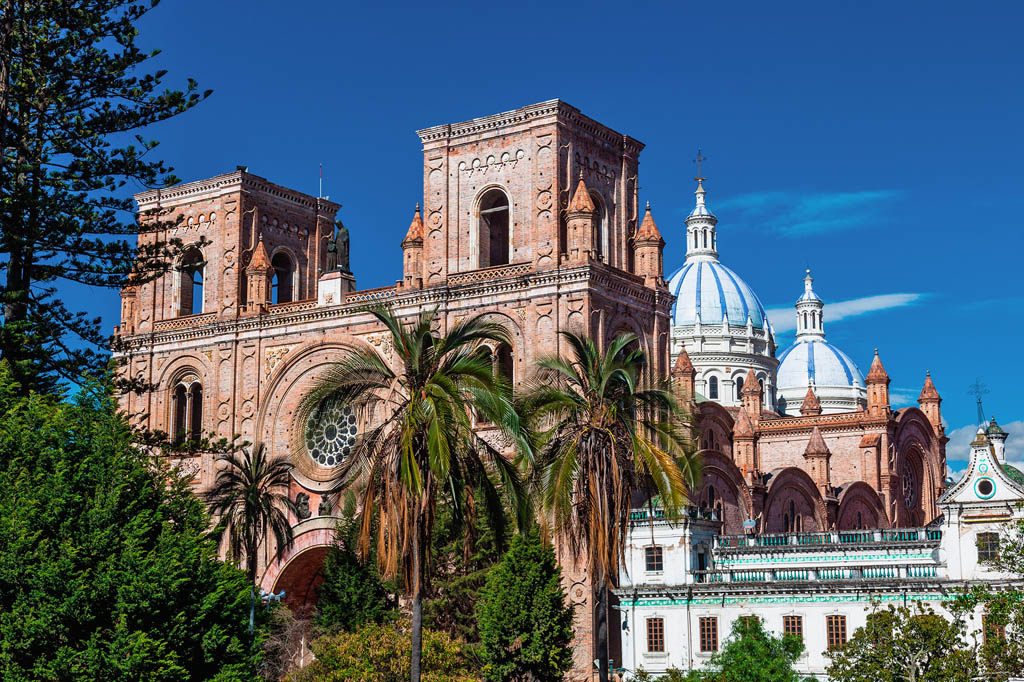
Top Experiences
Beaches of the Northwest Coast
Think Ecuador isn’t the place for sun and sand? Well think again, because the northwest of the country is packed with fishing villages, resort towns, surfer hangouts and pristine areas of golden sand. One of the best places for a sunny getaway is Canoa, where you’ll find a long beach backed by cliffs, and some excellent surf. When the sun goes down, Canoa’s lively eating and drinking spots make the perfect ending to a day spent frolicking among the waves.
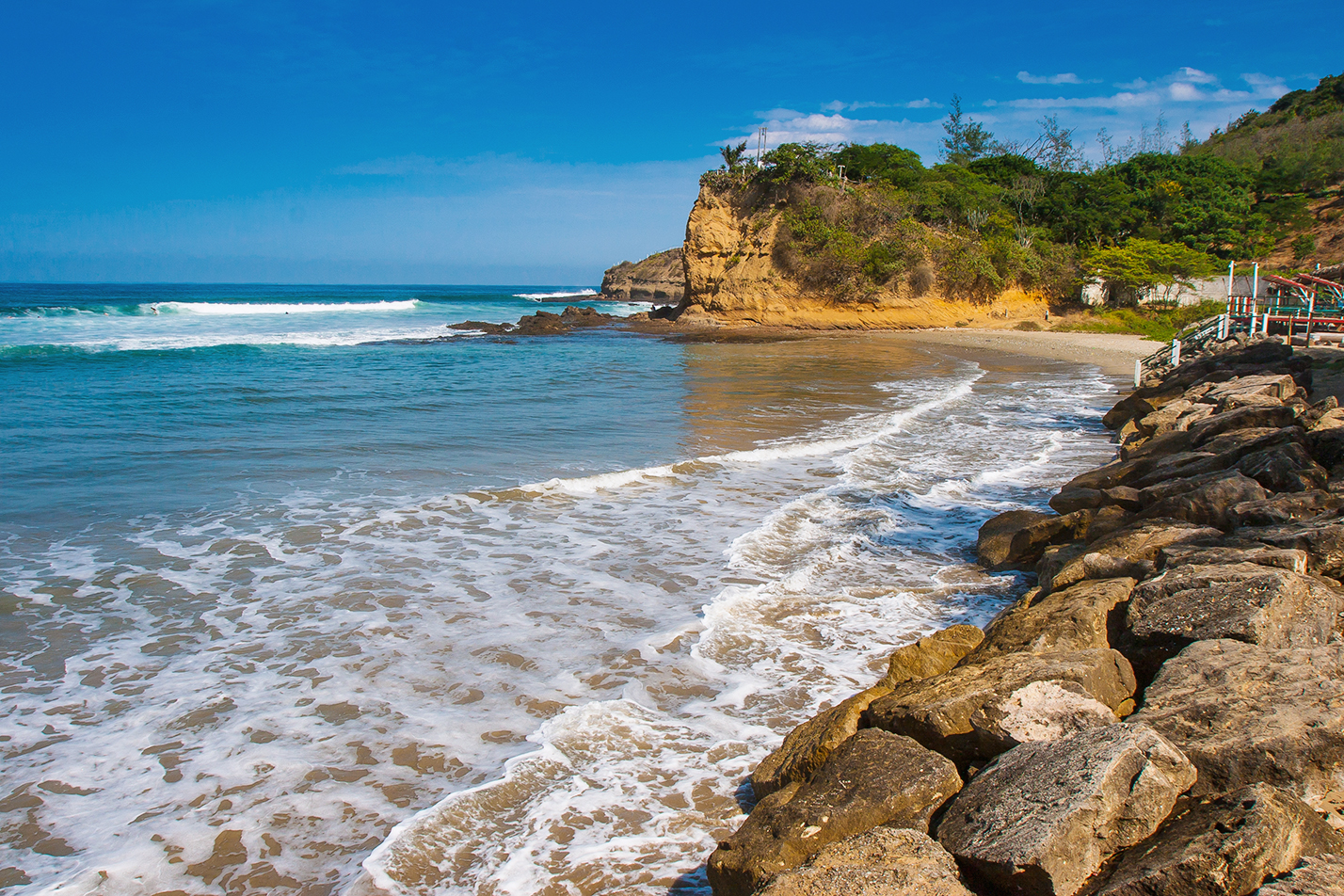
Top Experiences
Quilotoa Loop
Adventure begins at 3000m along the popular Quilotoa Loop, a rough travelers’ route that takes you through indigenous villages and painters’ colonies to a deep-blue crater lake and into the heart of Ecuador’s central highlands. The best thing about the loop is that you can custom-build your adventure to fit your needs. Want to volunteer in a sustainable agriculture project? No problem. Or would you like to hike from village to village on forgotten trails? Yep, they’ve got that, too.
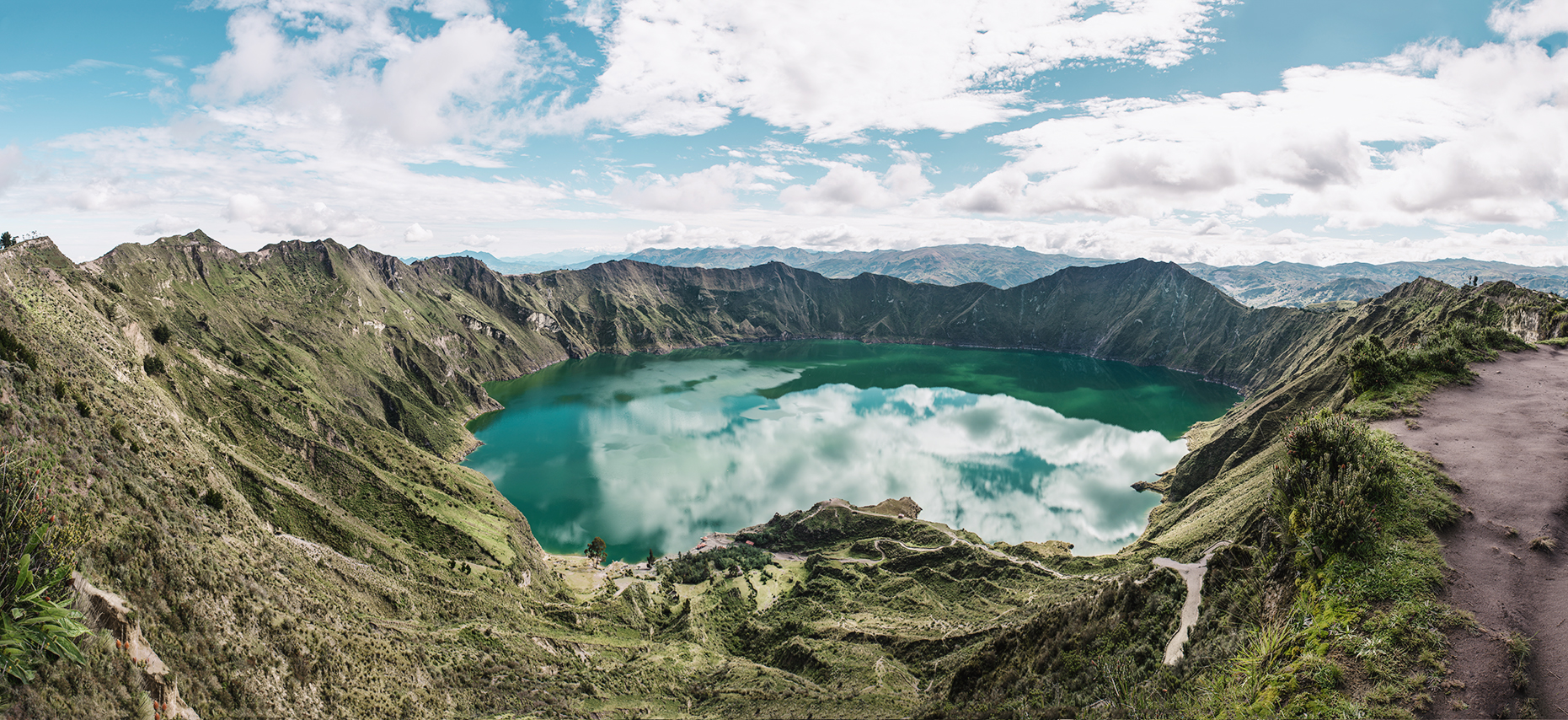
Top Experiences
Soaking in the Steaming Waters of Papallacta
The beautifully maintained public baths just outside the Andean village of Papallacta offer one of Ecuador’s best natural highs: move between baths of thermally heated water surrounded by mountains all around, swim in the fantastic pool, enjoy a bracing jump into the icy plunge pool and then get right back into those steaming baths. It’s even more magical at night, when you can lie back and watch the stars come out in the giant black sky above.
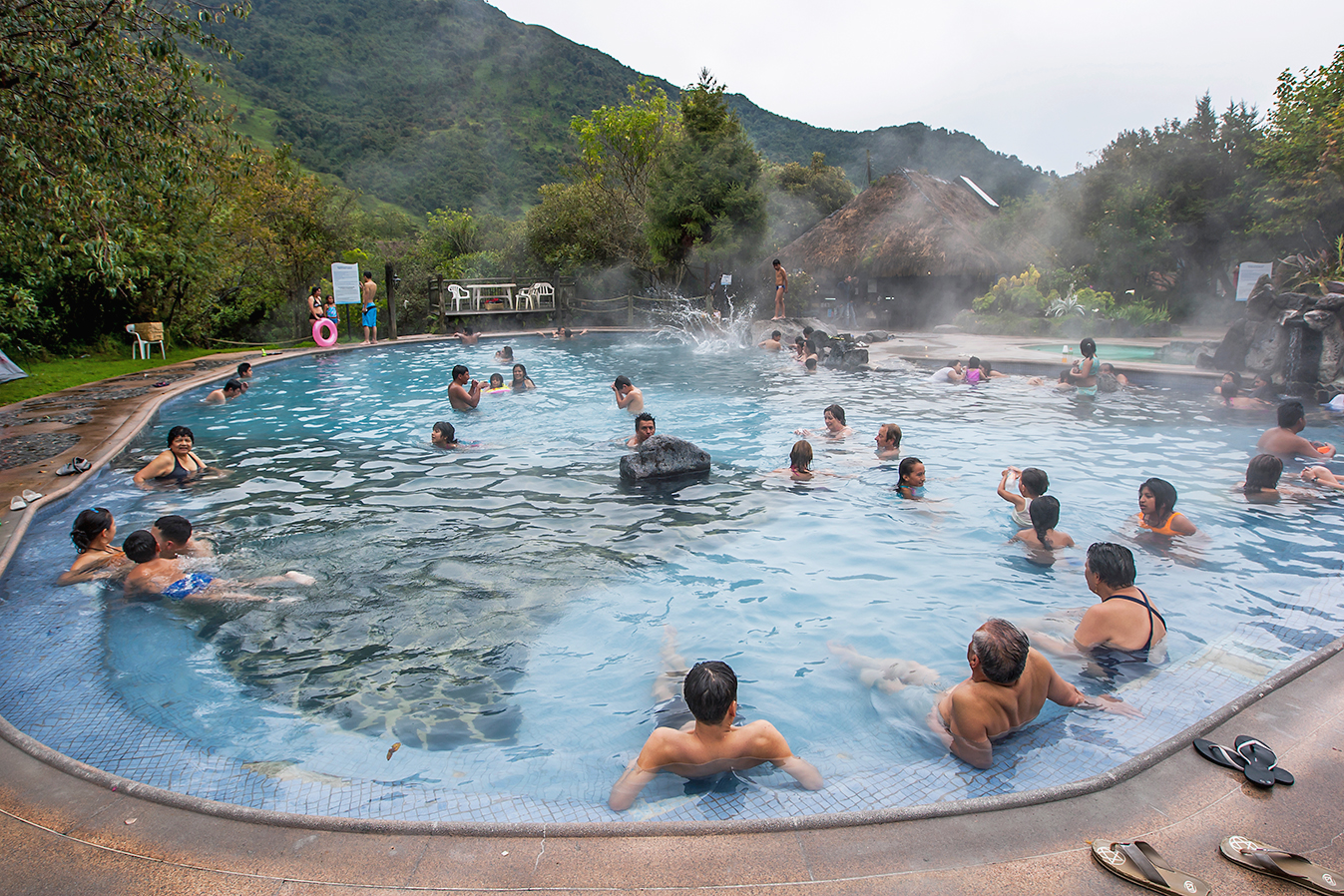
Top Experiences
Riding the TelefériQo
Proving there’s more than one way to summit the Andean peaks, the TelefériQo whisks you up by aerial tram to breathtaking heights (4100m) over Quito. In a city of sublime views, Cruz Loma offers the finest of all – assuming you go on a clear day. Here, Quito spreads out across the Andean valley, with majestic peaks (including Cotopaxi) visible in the distance. At the top, you can extend the adventure by hiking (or taking a horseback ride) to the 4680m summit of Rucu Pichincha.
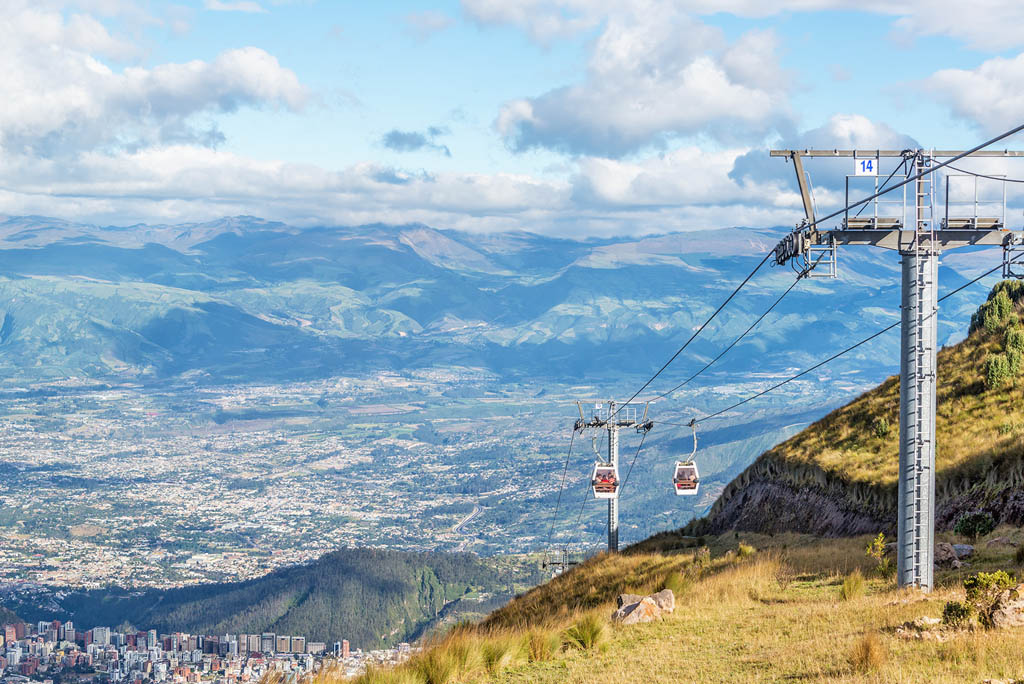
Top Experiences
Whale-Watching off Isla de la Plata
In terms of sheer awe-inspiring natural power, experiencing firsthand the breaching of a humpback whale is hard to equal. From June to September every year nearly 1000 of these majestic creatures migrate to the waters off the coast of Ecuador. The prime base for organizing boat trips, during which you might also spot dolphins and killer, pilot and beaked whales, is the fishing town of Puerto López; you can also arrange trips in Salinas.

Top Experiences
Parque Nacional Podocarpus
Down by the Peruvian border, Parque Nacional Podocarpus is one of the southern highlands’ least-visited reserves. With elevations ranging from 900m to 3600m, Podocarpus is home to an amazing array of plant and animal life. There are an estimated 3000 plant species (many not found elsewhere in the world). For bird lovers, an astounding 600 unique types of feathered friends await. Top that off with trails, highland lakes and sweeping views, and you have one of Ecuador’s most unique offbeat attractions.
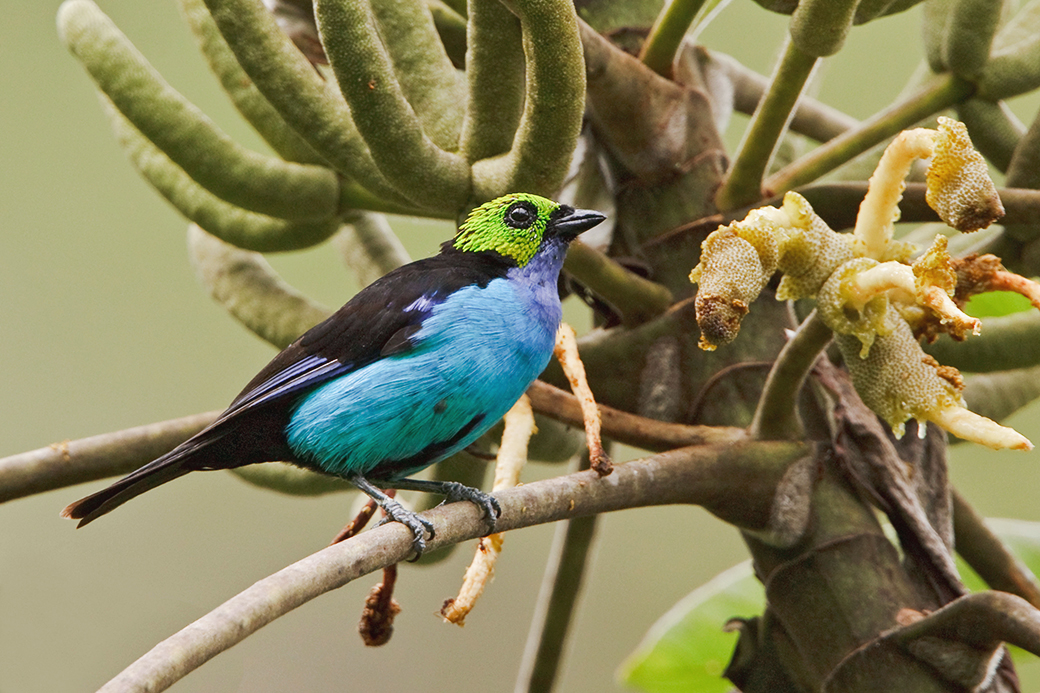
Top Experiences
Climbing El Altar
Climbers are spoiled for choice with the range of volcanoes and mountains in Ecuador, but El Altar is considered by many to be the country’s most picturesque and fascinating peak. At 5319m, this long-extinct volcano in the Parque Nacional Sangay is the country’s fifth-highest mountain. It’s a challenging, technical climb to the top, but a more manageable, two-day hike takes you over the Collanes plain to the stunning and atmospheric jade-colored Laguna Amarilla at 4300m, surrounded by nine craggy peaks.
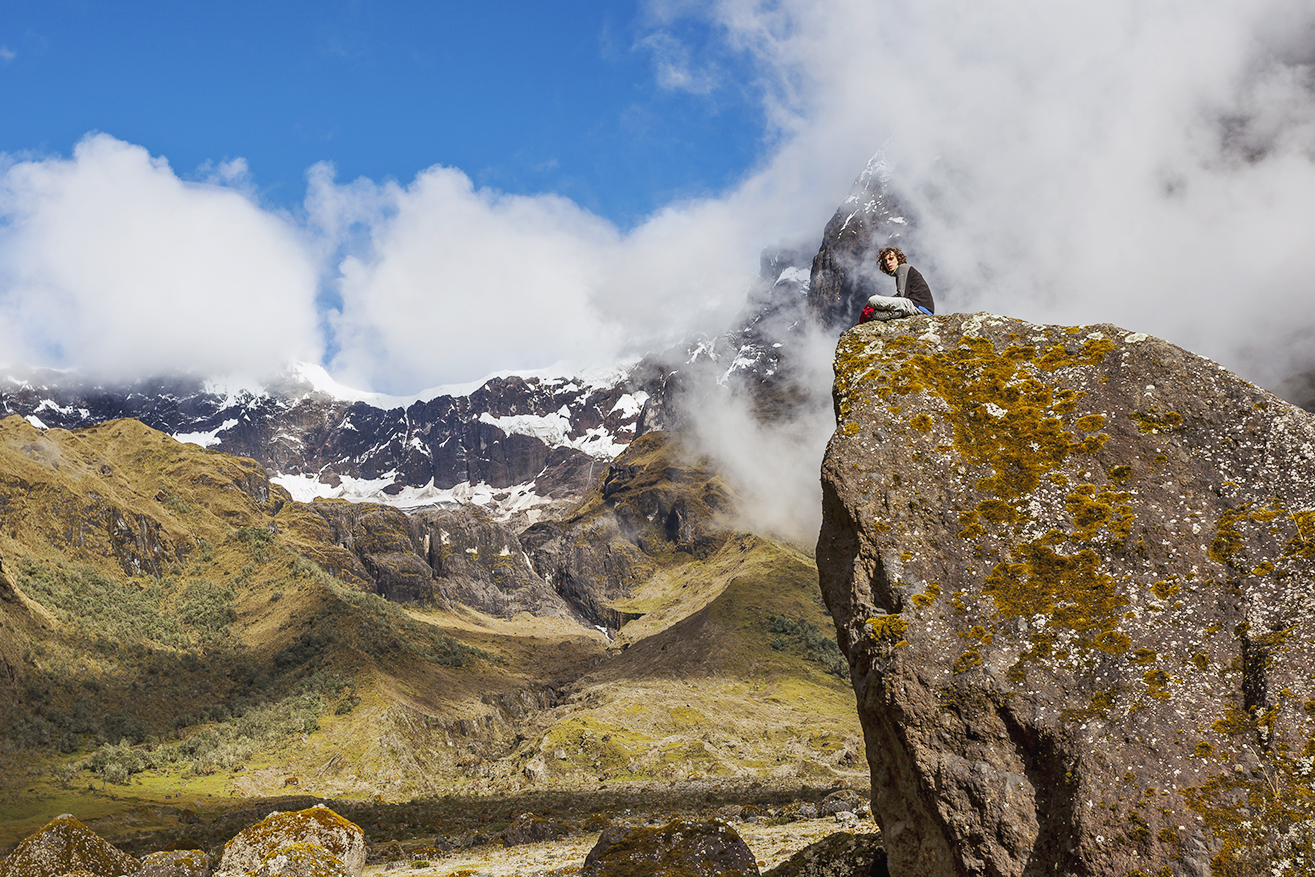
Top Experiences
Vilcabamba
The air in Vilcabamba just feels right – not too hot, not too cold – giving this southern highlands draw a mystical quality that many travelers find inescapable. Perhaps that’s why you’ll find more foreigner-owned businesses here than almost anywhere else in Ecuador. And who can blame them? The hiking is great, there’s a national park nearby for backwoods adventures on horseback and mountain bike, and the pitch-perfect spa resorts will cater to your every need, whim and desire.
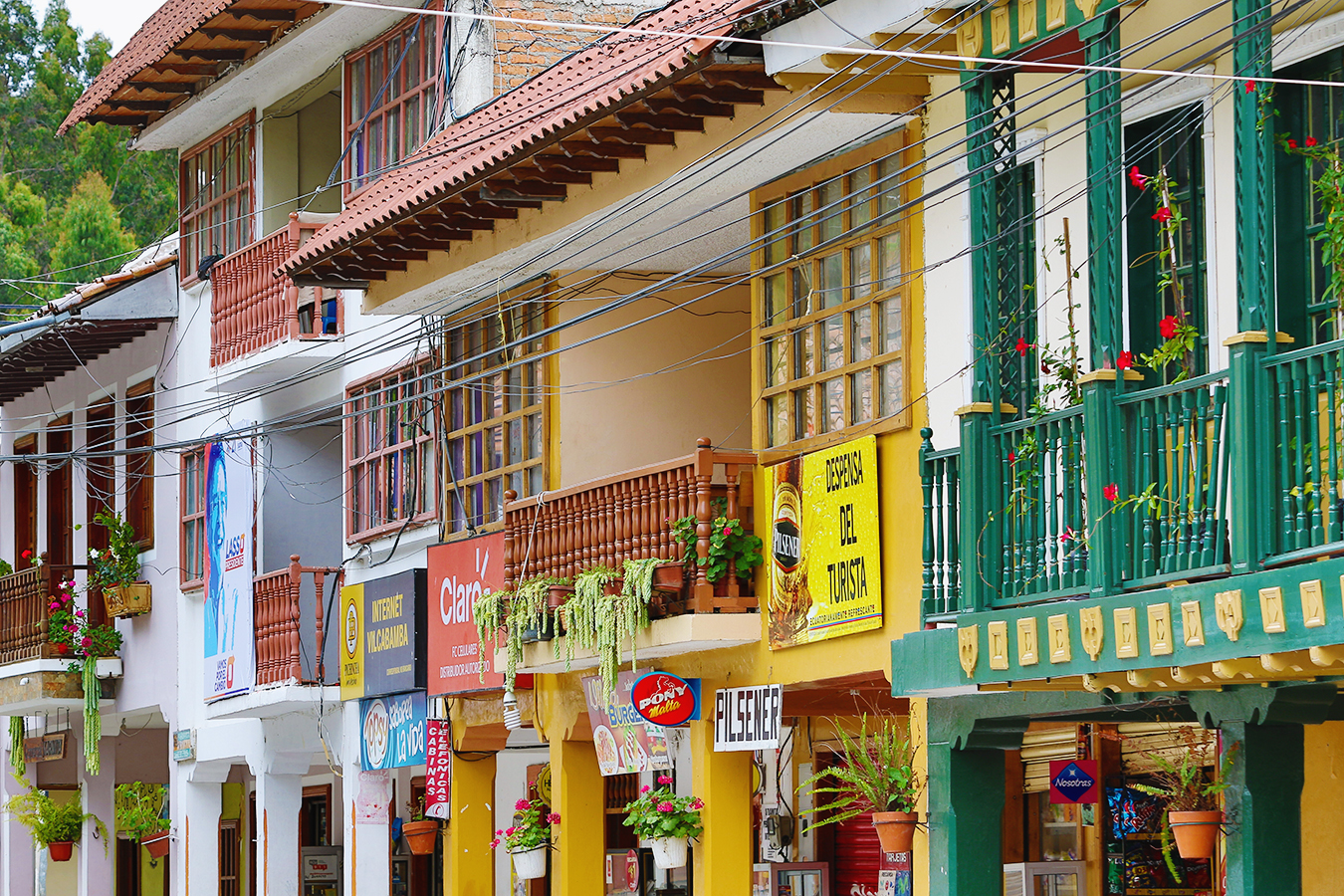
Top Experiences
Surfing at Montañita
A dependable year-round beach break and a welcoming community of experienced surfers and mellow dreadlocked travelers make this coastal village an ideal stop to ride some waves. Beginners unafraid to take a little pounding and swallow some salt water can easily find willing locals for lessons, and there are smaller breaks north of here in Olón. Even if you’re not looking to get air on gnarly overheads, watching the exploits from the beach while stunning sunsets provide the backdrop is not a bad alternative.

Top Experiences
Punta Suárez
Looking over the dramatic cliffs on the western tip of Isla Española is like standing at the edge of the known world. Wide-open sea stretches to the horizon and a spectacular blowhole erupts rhythmically in the foreground. Waved albatrosses and their fluffy young nest in the bushes, and tiny finches hop along the rocky path. Nazca and blue-footed boobies (pictured) gather along the precipice, and red-billed tropicbirds and Galápagos hawks soar over the ledge in beautiful displays of aerial virtuosity.
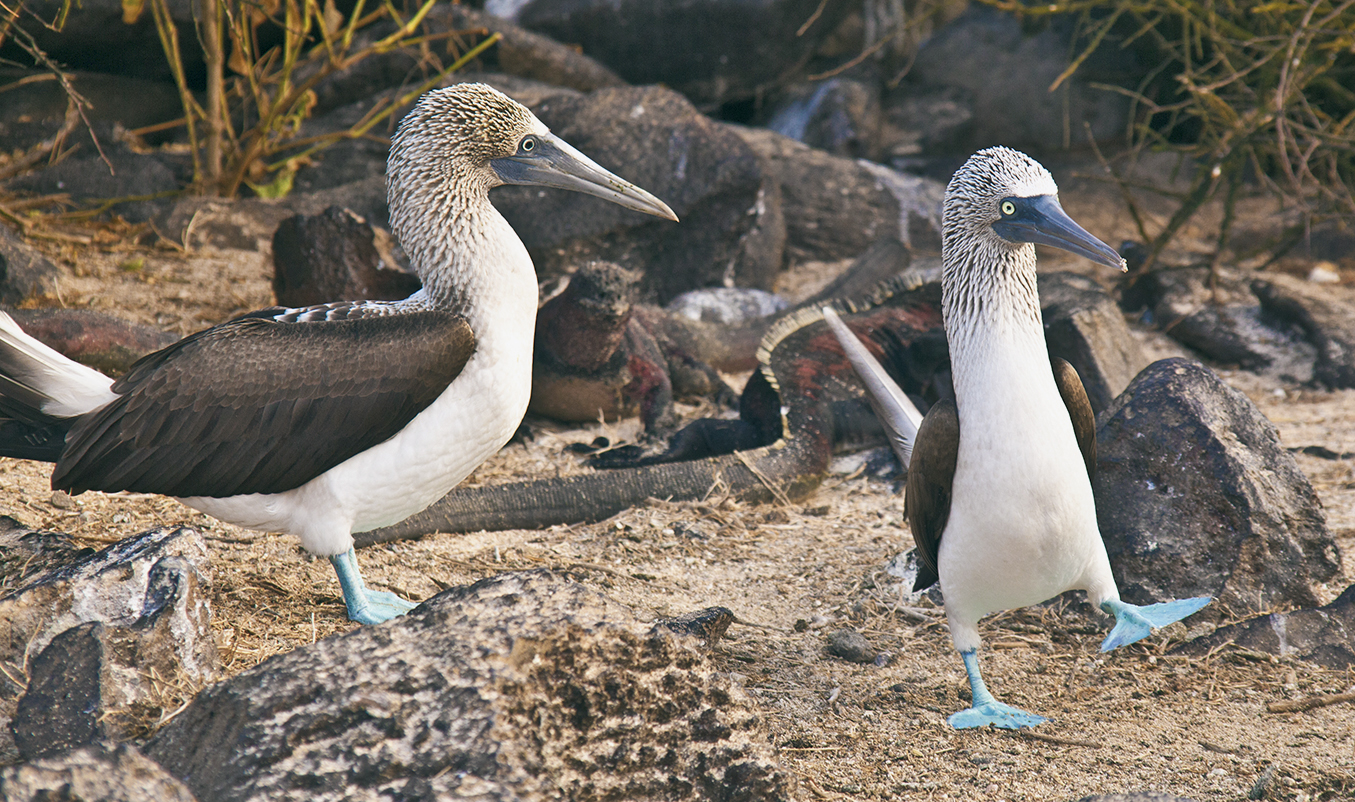
Top Experiences
Hiking & Bird-Watching in Mindo
Word is out about this friendly town set amid gorgeous cloud forest in a dramatic valley between Quito and the Pacific coast. While Mindo may no longer be an off-the-beaten-track destination, its twin attractions – world-class bird-watching and wonderful hiking scenery – remain as dazzling as ever. The biodiversity means that bird-watchers can spend days with a village guide seeing a variety of avian life, while walkers explore the nearby waterfalls, thick cloud forest and soaring cliffs.
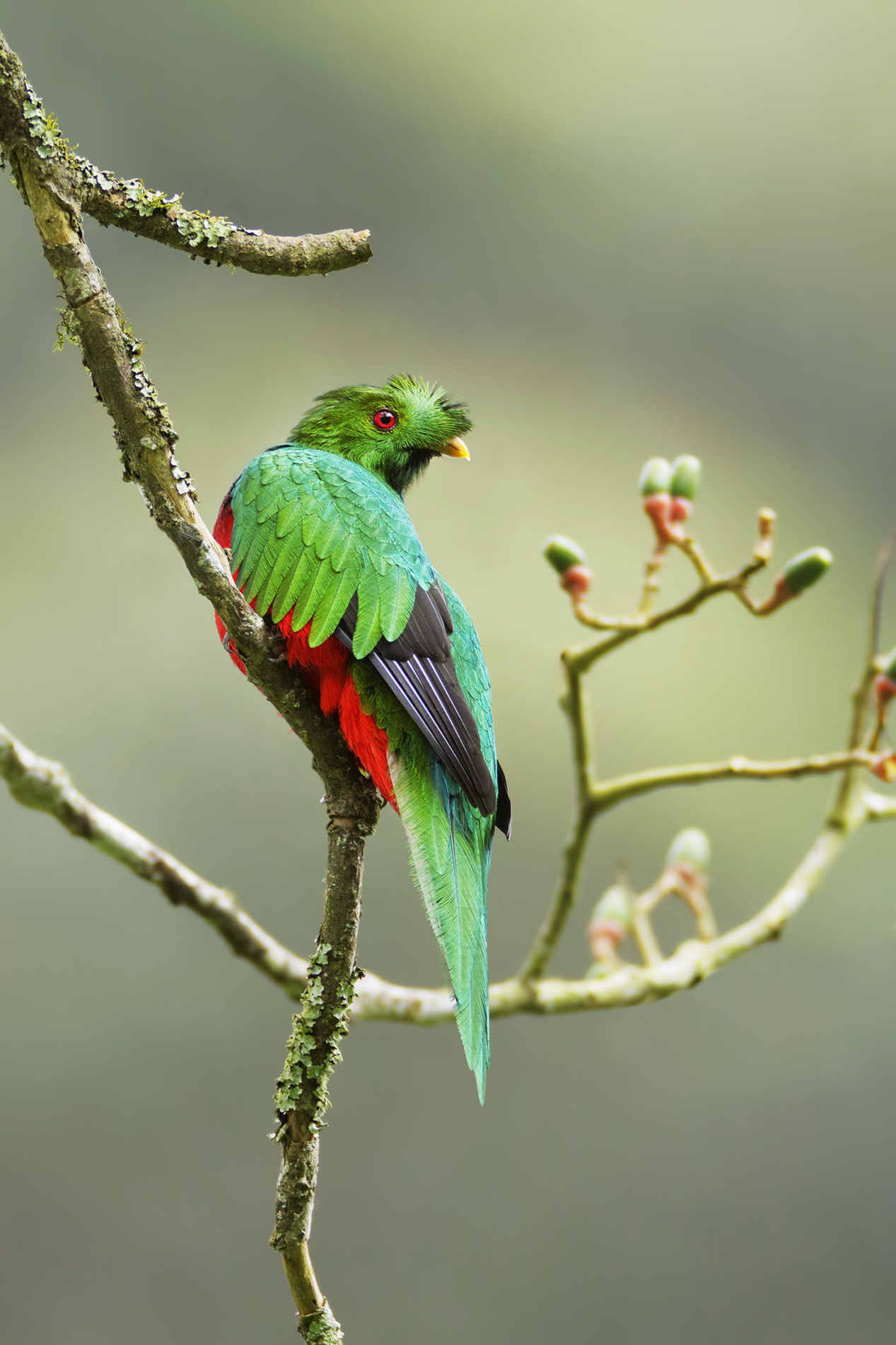
Top Experiences
Guayaquil’s Malecón
There’s nowhere more emblematic of Guayaquil’s rejuvenation and civic pride than its riverside promenade. It’s a parade of couples, office workers and strolling families. This once neglected and maligned waterfront now combines the often conflicting virtues of a park and town plaza. Historic monuments abut landscaped gardens, a top-flight museum and art-house movie theater are only a short walk from a contemporary kids’ playground, and outdoor restaurants and cafes looking out on the river make downtown seem far away.

Top Experiences
Baños
Caught between the Andes and the Amazon in a magical little valley complete with its own waterfall and numerous natural springs, Baños is an adrenaline junkie’s paradise. Gearheads and naturalists alike will love the mountain-bike descent down to the remote outpost of Puyo in the Amazon Basin. For paddlers, there are a handful of white-water trips and flat-water floats. It’s also the most popular backpacker spot in the central highlands, meaning that, for better or worse, you’ll never be alone in Baños.

Top Experiences
White-Water Rafting near Tena
Take to the waters around Tena for some of South America’s top rafting and kayaking, where rivers churn through tropical valleys and canyons, and serve up some memorable one-day to week-long adventures. Experienced Tena outfitters school you in the art of paddling and get you out on everything from lazy rainforest meanders to gargantuan Class V white-water thrills, where you’ll be camping out in the jungle in between stints of getting gloriously wet.
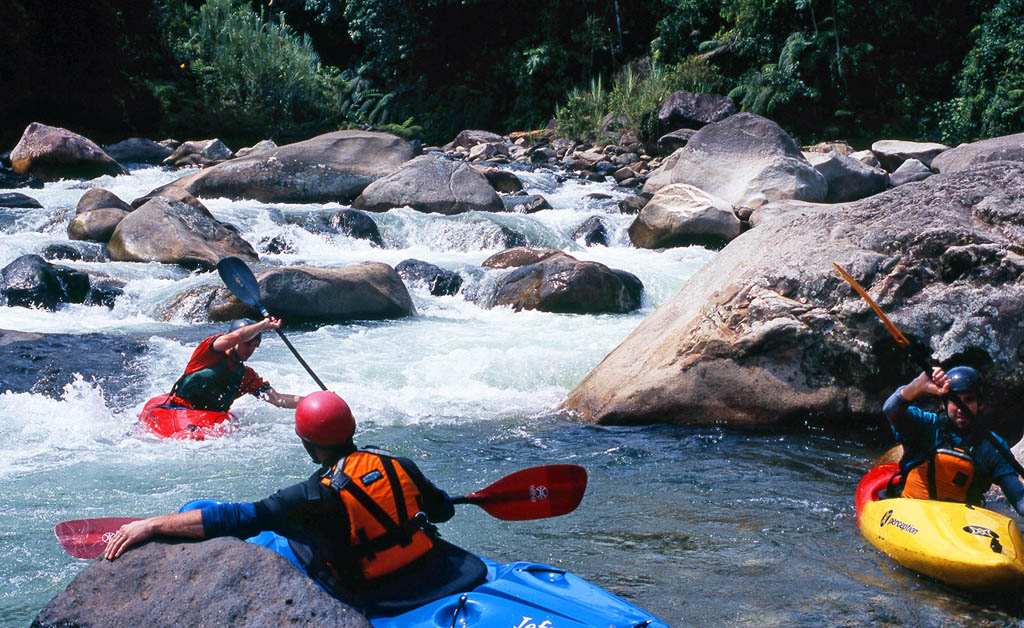
Top Experiences
Local Crafts at Otavalo Market
Every Saturday the world seems to converge on the bustling indigenous town of Otavalo in the Andes, where a huge market (which goes on in a rather redacted form every other day of the week) spreads out from the Plaza de Ponchos throughout town. The choice is enormous, the quality changeable and the crowds can be a drag, but you’ll find some incredible bargains here among the brightly colored rugs, traditional crafts, clothing, striking folk art and quality straw hats.
